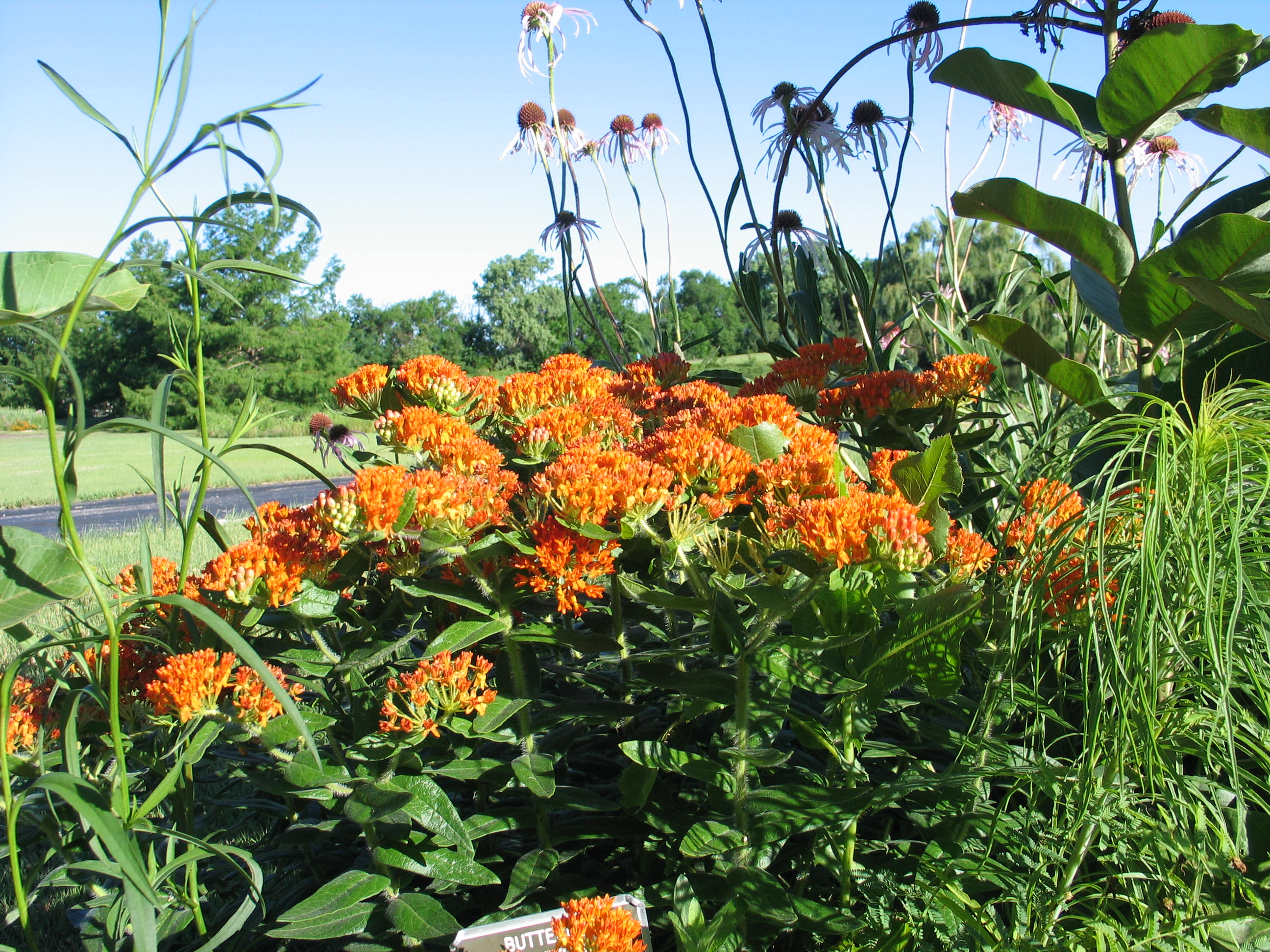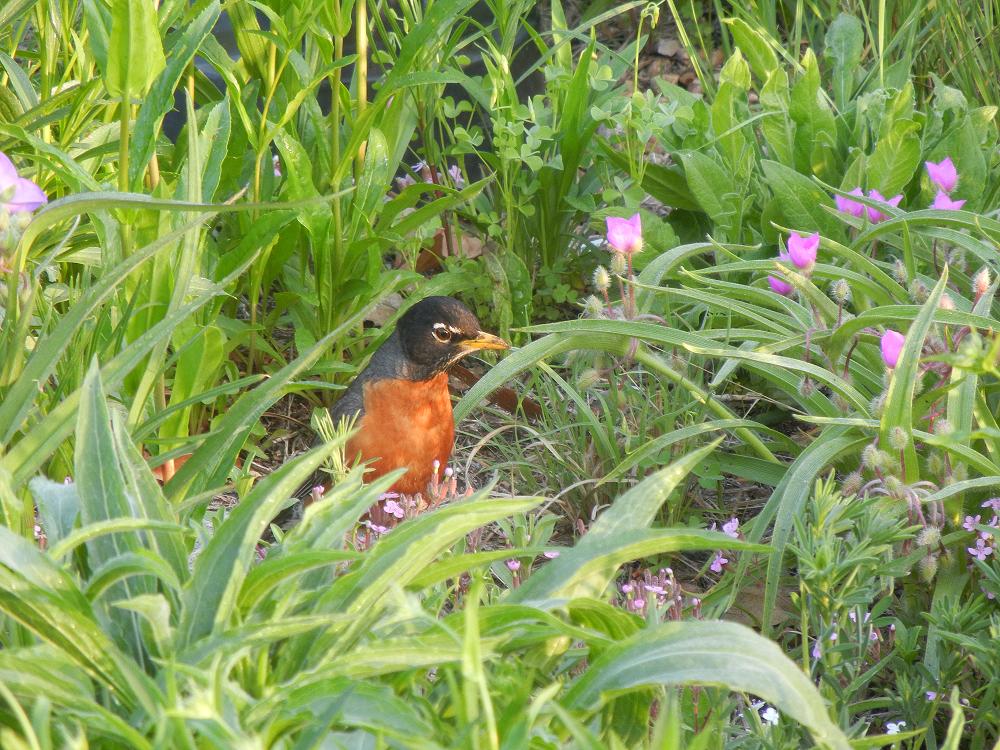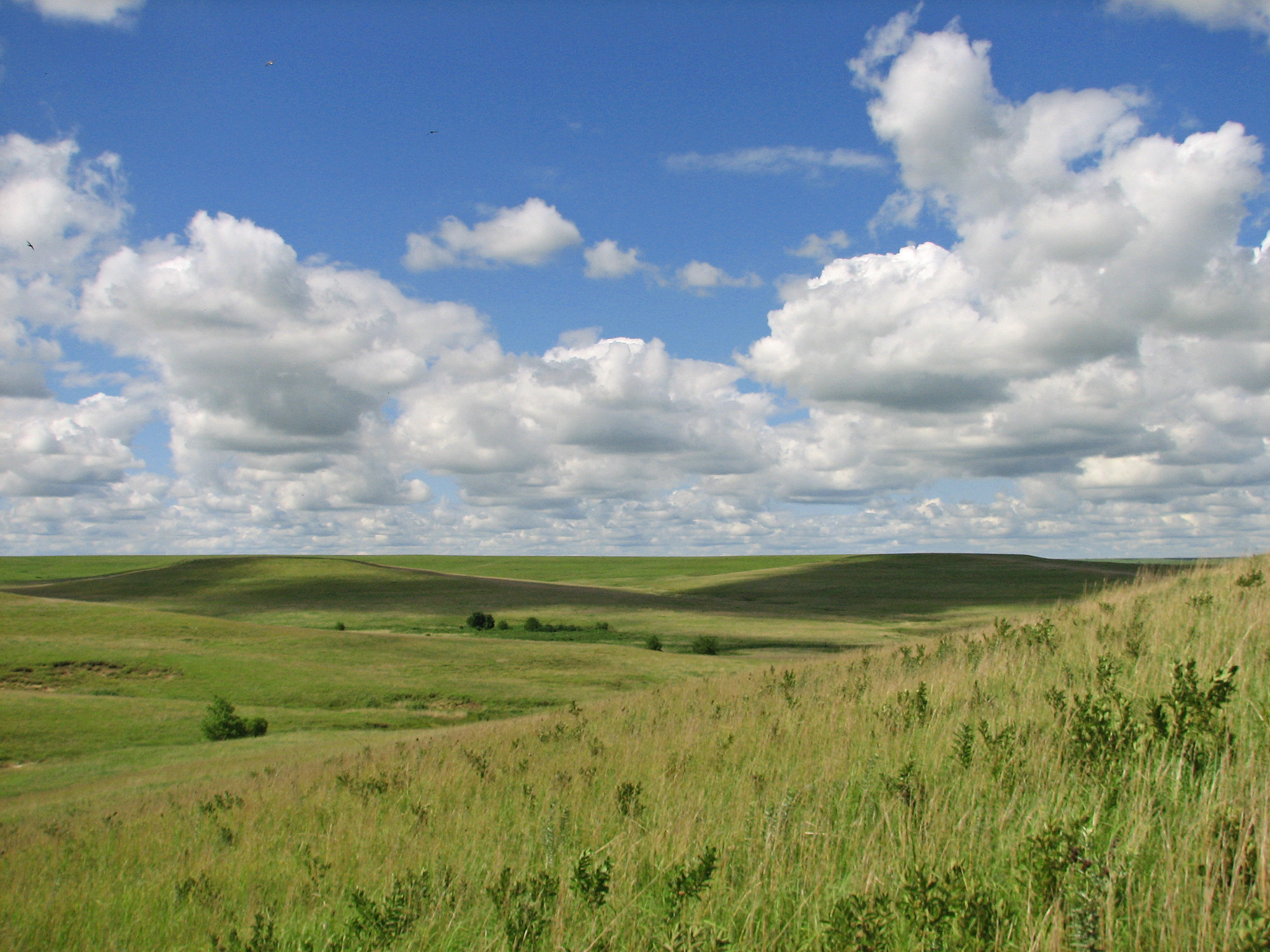One of the traits of being a horticulturist is a heightened awareness of plants. The good, the bad, the ugly, the sad, and the beautiful are all critiqued. My family is used to it, but they still roll their eyes from time to time as I stop to look at various landscapes.
Over the past few days as I shop for gifts for Christmas, I have noticed several sad landscaping attempts outside the stores. Creativity is at a minimum and most displays add nothing to the beauty of the place. Granted, it is a parking lot or store front, but the plants I have seen do nothing to enrich the environment.
I don’t have all the answers for these areas, but I think native plants could really bring some life to these tough spaces and our own landscapes. Here are five ways I believe native plants enrich the environment.
Native plants increase biodiversity.
A healthy ecosystem includes a variety of plants that are in bloom throughout the year, attracting a host of pollinators. We don’t need to give up beauty for function. Simply put, native plants make things happen in the landscape.
Native plants enrich the soil.
It goes without saying, but a diverse collection of native plants with deep roots benefits any soil type. Native plant roots can grow up to 10 to 15 feet deep depending on the species. Their roots break up heavy clay soils and allow water to thoroughly permeate the soil profile.
A good example would be Big Bluestem. What we see above ground is only 1/3 of the entire plant. The roots are 2/3 of the plant and 1/3 of those roots die each year, adding organic matter to the soil and opening pores so water can percolate into the soil. Legumes such as purple prairie clover or wild indigos fix nitrogen from the air and deposit it into the soil as well. The extensive root systems of native plants help stabilize the soil and prevent erosion. Wow, so many soil benefits!
Native plants reduce inputs.
Native plants do not need pesticides or fertilizers to promote growth. They are able to use nutrients already in the soil to actively grow. A healthy plant that is not under stress is able to fend off pests more easily. Native plants are drought tolerant and require little – if any – supplemental water to survive. If the right plant is matched to the site, that native plant will grow with minimal care after it is properly established.
Native plants provide habitat.
Native plants increase habitat used by wildlife, particularly songbirds. With songbird populations in decline, native plants provide the food and shelter they need for survival. Even a small garden display can have a positive impact.
Native plants provide a “sense of place”.
Native plants thrive in the Great Plains. They are adapted to its unique environmental conditions and require no special care to survive. Native plants growing in your area convey an understanding of the special place where we live. Let’s look at the particular plants that are native to the land and embrace our “sense of place”.





